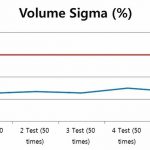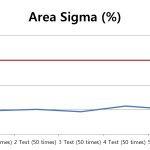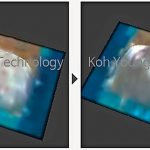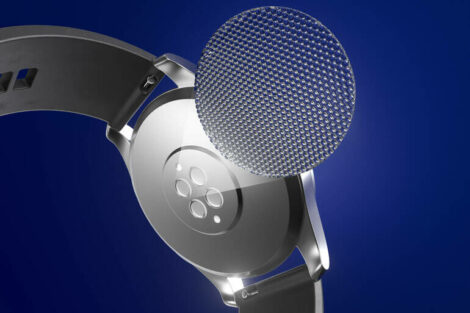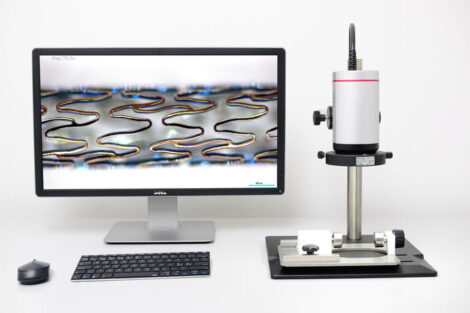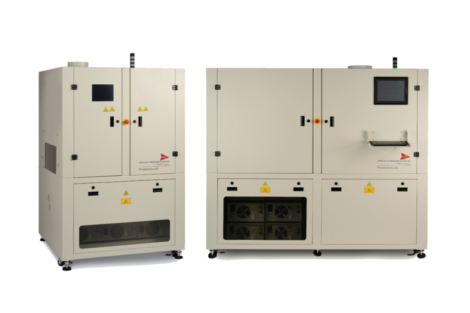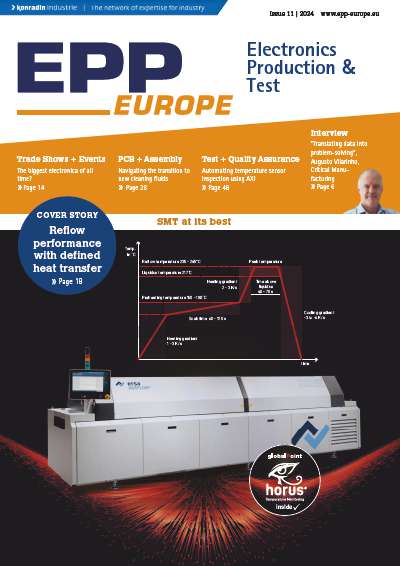It is widely recognized that over 70% of soldering defects are associated with the solder paste printing process.1) These defects pose serious concerns to the industry, especially with the component miniaturization trend and the 0201M microchip emergence. Manufacturers cannot scrap the board and the microchip, due to procurement challenges and component costs. However, if the manufacturer does not repair the issue quickly, the whole board is susceptible to failure. Leading inspection suppliers, like Koh Young Technology, are working diligently to extend the “Golden Hour” well beyond its limit, by implementing new innovations like integrated tools to repair defective solder depositions.
Need for the correct solder volume
What is the ideal amount of solder to deposit? It may be different, for too much solder paste will cause solder bridging, whereas insufficient solder paste may result in printing defects like bridges, tombstones, and more. With the widespread use of leadless packaging, insufficient solder volume is an increasingly occurring defect, because solder paste tends to clog smaller apertures and cannot be released onto the pad. Rework innovations can help solve insufficient solder issues.
Rework applications
The rework application can be categorized into two types: traditional, needle-based contact dispensing and non-contact jetting. Both methods have advantages, as well as limitations. Needle-based dispensing is suitable for many package types, including Ball Grid Array (BGA) packages. However, the system needs to maintain a constant z-axis distance between the substrate and needle tip. An inconsistent distance reduces repeatability and accuracy. Non-contact jetting, another relatively new method, has superior dispensing speed, but it is less flexible due to the limited number of certified solder paste for jetting.
Automated dispensing with advanced accuracy
Today’s production environments need equipment that is both flexible and easy to use. Koh Young meets the industry’s needs by adding a new “Auto Repair” dispensing system to its high-speed KY8030–3 3D SPI (solder paste inspection) platform. The company’s Auto Repair system replaces mechanical height sensors with a laser sensor to accurately measure the z-axis distance and overcome the challenge of traditional dispensing. This innovative sensor method provides excellent Gage R&R capability.
The 3D SPI system can accurately inspect and identify solder defects, thanks in part, to its precisely engineered mechanical structure. Unlike other 3D SPI systems that move during the measurement process, the company’s SPI uses “stop and shoot” technique. Unwanted vibration and image stitching is eliminated. Auto Repair, when added to the high-speed SPI platform, is a great solution for production of today and the future.
Minimal maintenance
The company has examined system maintenance and usability during the Auto Repair system development. The system, unlike other dispensing technologies, does not use a plunger to dispense solder paste. The plunger can crush the solder particles and clog the nozzle. Instead, the integrated Auto Repair dispenser uses air pressure, which reduces wear and increases nozzle longevity. It also significantly extends the service interval to upwards of seven days. When cleaning is needed, the syringe holder incorporates a one-touch release for fast and easy replacement. These minimal maintenance requirements improve the return on investment (ROI), by reducing labor and material costs.
Superior flexibility
Does the Auto Repair system offer other benefits? Yes. The design is highly flexible and considers many production variables. For example, imagine a hundred different board layouts with different components- each component type requires a unique solder paste amount. The system can be an effective solution, especially for small BGAs and microchips. It can dispense solder to repair insufficient errors to a wide range of component sizes, including 0402 M microchips with a pad-to-pad distance of over 100 μm. Additionally, dynamic z-axis tracking automatically adjusts the distance between the head and the board surface to maintain the ideal focal range and prevent false calls due to PCB warp. Such flexibility allows users to readily improve yields and efficiency in their SMT assembly lines.
Future of Smart Factory
Looking forward, Industry 4.0 is rapidly gaining traction among manufacturers. The factory is not a static place, it is a dynamic zone where machines work together to execute complex tasks. In fact, the Koh Young’s Auto Repair system already addresses Industry 4.0 in many aspects. By integrating 3D inspection and repair, it establishes a closed-loop process and eliminates unnecessary board cleaning or scrap. Additionally, it integrates a real-time process dashboard, so operators can quickly verify rework performance and make the right decisions by comparing with previous results.
What is next for the Auto Repair system in a future smart factory? In the ideal future, connected systems should remove inefficiency from the start, so there may not be anything to repair. Will manufacturers still need an Auto Repair system? The answer may be “yes,” as this is not going to happen soon. Indeed, the Smart Factory will not replace rework applications, instead it will enhance the functionality. Auto Repair powered by AI may be able to recognize complex patterns of solder pads, synthesize information, draw conclusions, and provide recommendations to optimize the solder paste printing process.
Conclusion
The printing process is one of the most critical steps in the SMT assembly line, because it is the origin for most of the process defects. The benefits of readily repairing printing defects extend far beyond the cost savings from eliminating cleaning, post-reflow rework, and scrap. As rework costs and complexity increases, the ability to extend the Golden Hour with Auto Repair system will increase line productivity and yield.
The company has been developing innovative solutions to overcome industry challenges, expand process capabilities, and boost factory performance. They have set up three additional R&D centers to facilitate a quantum leap in technological leadership and competitiveness. They continue to integrate AI advancements in many of its systems, while overcoming the Golden Hour challenge and paving the way for new markets and industries beyond SMT.
SMT Hybrid Packaging, Booth 4A-233; 4A-230
References
- Mitch Holtzer, Karen Tellesfen, Westin Bent, Predicting Solder Paste Transfer Efficiency and Print Volume 2017
- Fernando Coma, Jeffrey Kennedy & Thilo Sack. (2015) Deposition of Solder Paste into High Density Cavity Assemblies [PowerPoint slides] Retrieved from https://www.smta.org/chapters/files/April-2015-Kennedy.pdf
Zusammenfassung Résumé Резюме
Der Druckprozess ist einer der kritischsten Schritte in der SMT-Fertigungslinie, da er die Ursache für die meisten Prozessdefekte ist. Die Vorteile der Reparatur von Druckdefekten reichen weit über die Kosteneinsparungen hinaus. Im Artikel werden innovative Lösungen vorgestellt, um diesbezüglich die Prozesskapazität und Leistungsfähigkeit einer Produktion zu steigern.
Le processus d‘impression est l‘une des étapes les plus critiques de la ligne de production SMT car c’est à ce moment où la plupart des défauts de traitement peuvent se produire. Les avantages de la réparation au fur et a mesure, des défauts d‘impression, engendre des économies de coûts. L‘article présente des solutions innovantes pour augmenter la capacité de traitement et l‘efficacité d‘une production.
Печатный процесс является одним из критически важных этапов производства на линии поверхностного монтажа, поскольку может стать причиной возникновения большинства технологических дефектов. Возможность исправления дефектов печати позволяет добиться значительной экономии ресурсов. В статье рассказывается об инновационных решениях, направленных на повышение производительности и эффективности предприятия.




